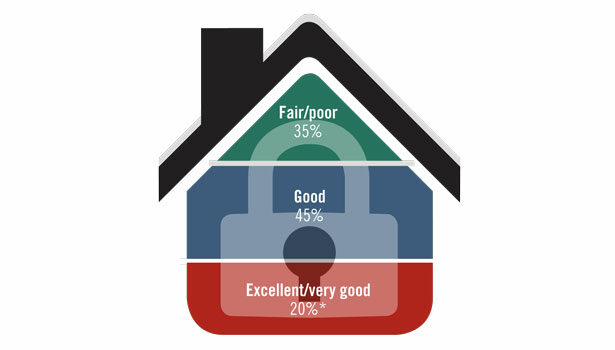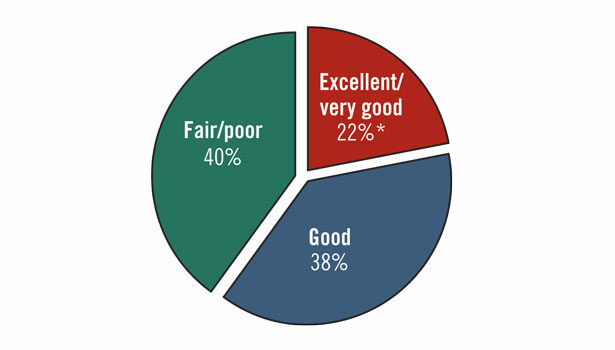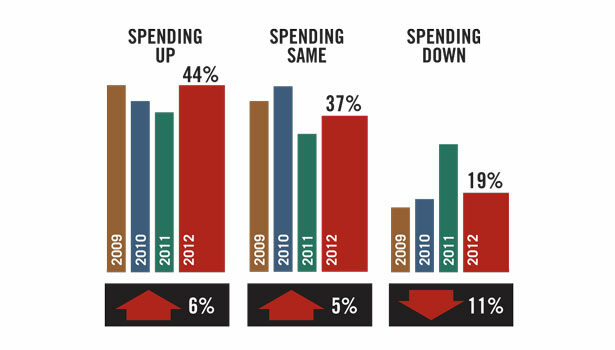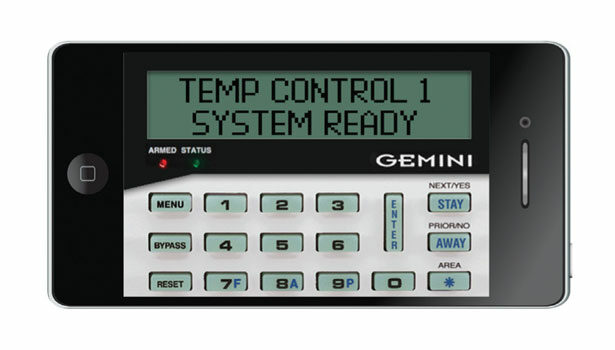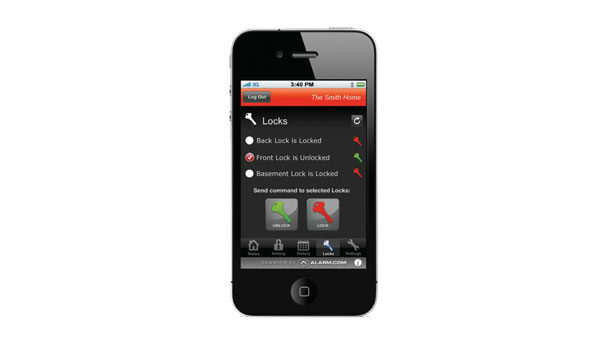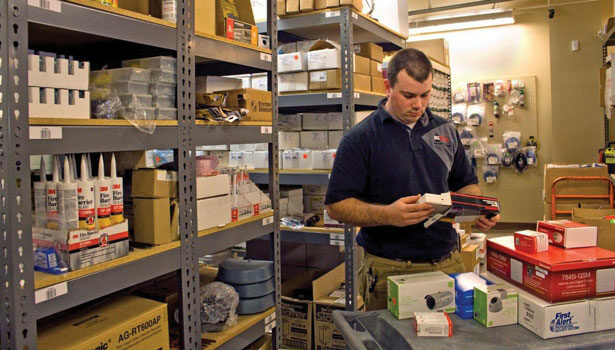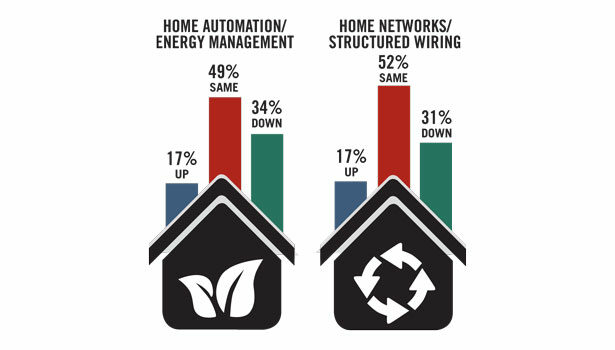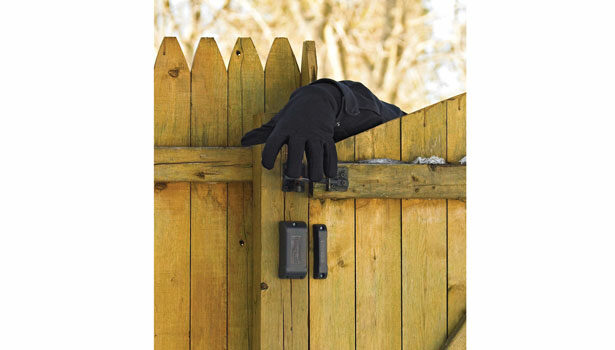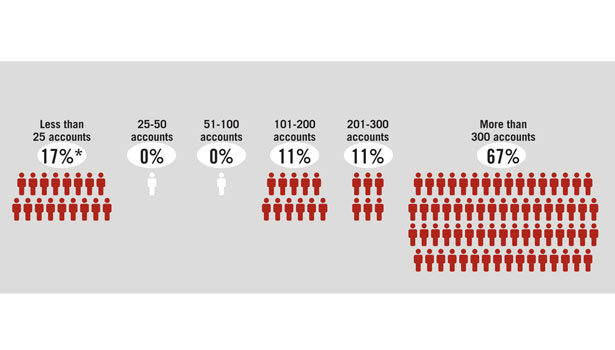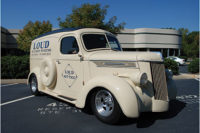“Although I am somewhat pessimistic about the health of the economy overall, I am optimistic about the potential for growth in the security market for the coming year. Our products are mainly used for local notification (driveways, back yards, etc.) in a residential setting, but we are seeing more interest from dealers and installers who are trying to offer their customers an additional layer of protection. In the current economy dealers are trying to fill more niches to keep their customers happy. For 2012 we are working on some new products. For the dealers that are willing to serve many niches the sales opportunities going forward should be pretty good. It is difficult to be all things to all people, but the more niches you are able to fill, the more people you will be able to serve,” Quam shares.
With careful positioning and the right focus, there is a lot for companies to capitalize on this year.
“I have been in the business 30 years and I’m more excited about where the security industry is headed than ever,” MacDowell admits. “I believe the security system will always be the heart of the home. But the things we are doing extend what the system can do, and it is allowing the industry to make the transition from a pure security play to a security and lifestyle message.”
Change continues to happen, Hope at Honeywell says. “I see 2012 as a good year because there is change. Change is an opportunity to take market share and grow it during this exciting time,” he describes.
That’s seeing the glass half full.
| The Importance of Switching from 2G |
|
Cellular alarm communicators reward security dealers with increased productivity, reduced maintenance and access to many revenue-generating services for a relatively low cost. They are based on technology that continues to evolve to an even higher level. The 2G Sunset, predicted within the next five years, is the date when today’s 2G products will be forced to evolve.
Cellular carriers deploy their networks in two frequency bands: a preferred band with deep building penetration (850 MHz) and another band with shallow building penetration (1900 MHz). Prior to 2011, cellular carriers equally spread 2G and 3G across both bands like a highway that allows all cars to drive in all lanes. Starting in 2011, in an effort to increase service levels to their consumer cell phone customers, cellular carriers will start to make their preferred frequencies 3G only. The process is called spectrum harvesting. Similar to how semis must stay in the highway’s far right lanes because of their slower speeds, 2G devices will not be allowed on the best frequencies. For 2G devices this will be a noticeable shift. If they were installed based on the coverage provided by the preferred frequencies, their signal levels will drop as they are forced onto the inferior, shallow penetrating frequencies still supporting 2G. This restriction will not occur all at once. It will appear sporadically across the country and when it does, only 3G devices will be oblivious to the change. Finally, when the 2G Sunset is complete it will be just like the Analog Sunset. Anything using 2G will stop working overnight. Only 3G will work from that day forward. All 2G devices will need to be replaced eventually. For each month past Jan. 1, 2012 that a dealer fails to fully adopt 3G, the financial impact of the 2G Sunset grows substantially. The reason is simple: Dealers are installing equipment that will need to be replaced. The sooner a security dealer switches to 3G, the more he can smooth out the impact of the coming sunset, mute the effects of spectrum harvesting, and halt any growing base of 2G equipment needing inevitable replacement. — Contributed by Telular |
